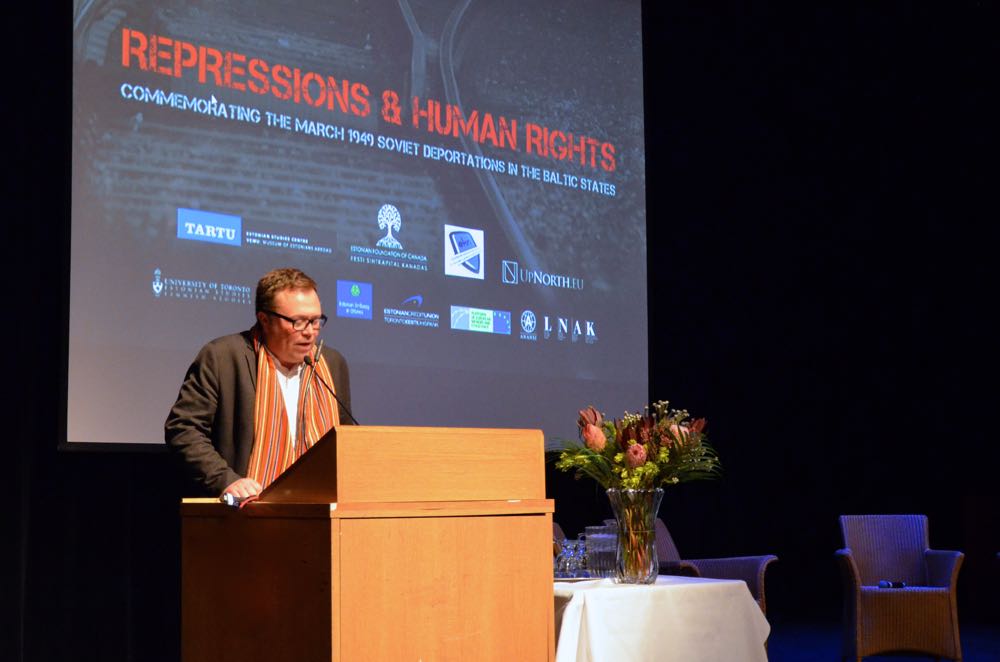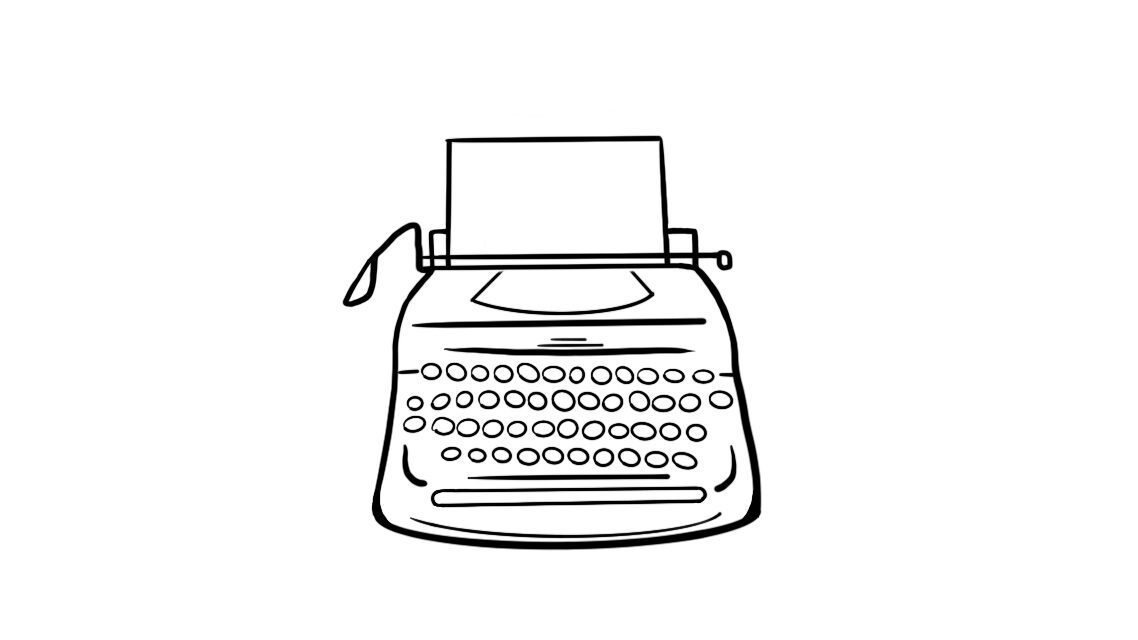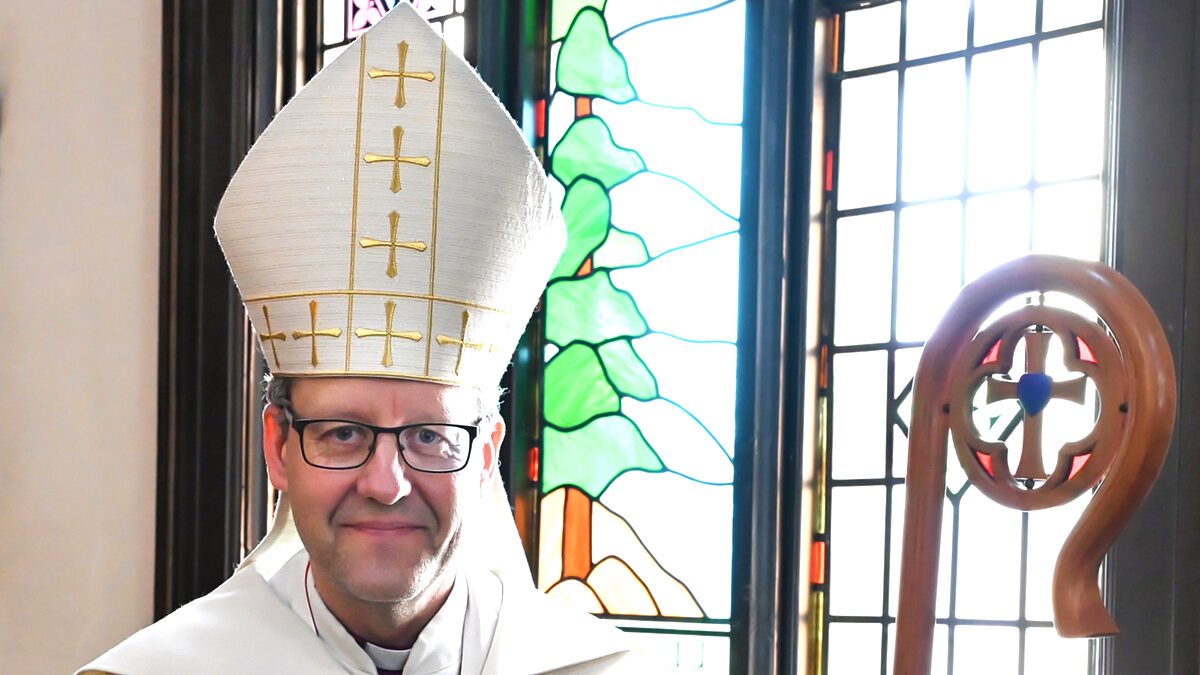When it was founded, the purpose of the Occupation Museum was to document and raise awareness of Estonia's dark past. The well documented individual histories of the politically repressed and lists of deportees that the museum website once featured have now been erased. Gone too from the museum's leadership are the dedicated academics, historians and former dissidents like Heikki Ahonen, who once guided the museum's program and exhibits through a a unique mix of personal experience and professional expertise.
None of the country's major memory institutes that have made major research contributions were mentioned at Wednesday's press conference. Stakeholder groups, like the community of writers, filmmakers and historians who have worked on topics related to the occupation and repression, were invisible. Expositions that once offered important reminders of the occupation on Estonia's Independence Day have been replaced with children's handicraft classes and scavenger hunts. Cooking and finger painting may well replace exhibits about dissidents like Enn Tarto and displays of salvaged KGB prison doors.
Apparently, e-Estonia's appetite to remember the evils of Nazi and Soviet terror has soured as the country marches towards the blinding shimmer of a start-up powered e-future. Vladimir Putin and his legion of crypto-Soviet propagandists are no doubt licking their lips: the Estonians themselves are completing their work for them. No former political dissidents participated in the Museum press conference on Wednesday. No victims were mentioned.
It's commonly understood that one of Vladimir Putin's primary foreign policy objectives over the past decade has been to deny the Soviet “occupation” of the Baltic states. Domestically, Putin has enacted laws in Russia to criminalize what the Kremlin perceives as “falsifications of history” including the acknowledgement of the Soviet occupation. In the countries like Finland, the US and Canada, the Kremlin funds and supports academics, individuals and groups that reinforce its own versions of history. With this latest move, it seems that e-Estonia's leaders have succeeded in gifting Putin a great leap forward in forgetting the crimes of the Soviet occupation in Estonia.
In Latvia, Riga's Occupation Museum is fighting a tooth-and-nail battle with the city's pro-Putin mayor, whose actions threaten the very existence of that institution. In Estonia, we have voluntarily erased the word “Occupation” to be replaced by “Vabamu”: a cute portmanteau of the words “Vaba” (freedom) and “Musuem”. Instead of inspiring dignified reflection, “Vabamu” conjures up images of unicorns, butterflies and little fluffy clouds.
The motivation to de-emphasize and sanitize the “occupations” part of The Museum of Occupation deserves serious questioning. For the great many members of Estonia's political and business elite whose families collaborated with Soviet authorities and the KGB, the “Occupation” Museum is likely an embarrassing reminder of their own participation in the repression and occupation of Estonia. It's only natural that they would prefer a Museum that focuses on Estonia's recent freedom, and the future, rather than the murderous past. The majority of average Estonians have no reason to avoid the term “occupation.”
Or perhaps the “Vabamu” reboot is the brainchild of well meaning Estonian marketing students who in their youthful eagerness to turn down the “terror” and crank up the “fun” at the museum have forgotten that remembering the “occupations” is the primary purpose of the museum. And while this memory is miserable, it should be remembered as such. No amount of glitter and face paint can nor should, obscure the complex realities of this dark history.
Regardless, the strange new course that the Occupation Museum has been set on risks minimizing the repression and terror experienced by Estonians and the those minorities living in Estonia over the past century. In a country that still has much work to do reconciling its recent history, this move is a tragic leap backwards.
Marcus Kolga is a digital communications strategist, award winning documentary filmmaker, international human rights activist and the publisher of UpNorth.eu and president of the Estonian Central Council in Canada.
Marcus Kolga, Estonian Public Broadcasting, February 2016




